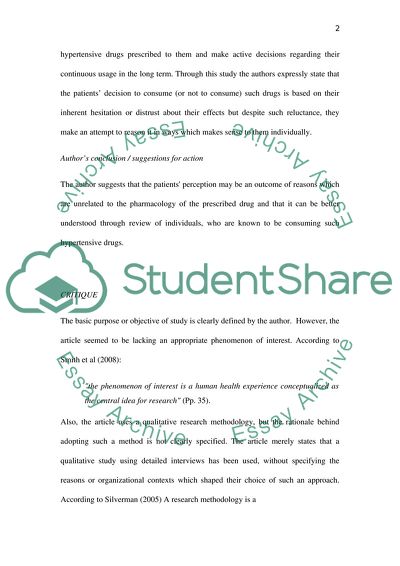Cite this document
(Patients' Decisions About Whether or Not to Take Antihypertensive Drug Research Paper, n.d.)
Patients' Decisions About Whether or Not to Take Antihypertensive Drug Research Paper. https://studentshare.org/health-sciences-medicine/1729709-patients-decisions-about-whether-or-not-to-take-antihypertensive-drugsqualitative-study
Patients' Decisions About Whether or Not to Take Antihypertensive Drug Research Paper. https://studentshare.org/health-sciences-medicine/1729709-patients-decisions-about-whether-or-not-to-take-antihypertensive-drugsqualitative-study
(Patients' Decisions About Whether or Not to Take Antihypertensive Drug Research Paper)
Patients' Decisions About Whether or Not to Take Antihypertensive Drug Research Paper. https://studentshare.org/health-sciences-medicine/1729709-patients-decisions-about-whether-or-not-to-take-antihypertensive-drugsqualitative-study.
Patients' Decisions About Whether or Not to Take Antihypertensive Drug Research Paper. https://studentshare.org/health-sciences-medicine/1729709-patients-decisions-about-whether-or-not-to-take-antihypertensive-drugsqualitative-study.
“Patients' Decisions About Whether or Not to Take Antihypertensive Drug Research Paper”. https://studentshare.org/health-sciences-medicine/1729709-patients-decisions-about-whether-or-not-to-take-antihypertensive-drugsqualitative-study.


